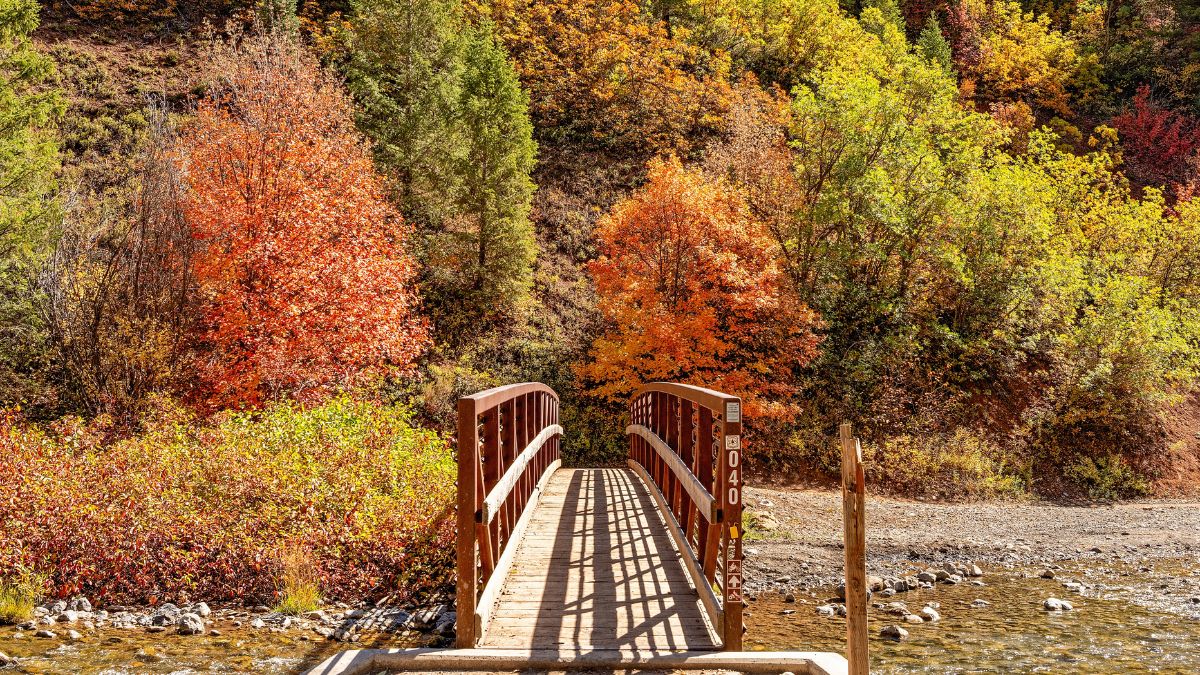Wildlife
Wasatch Wilderness: Quaking Aspen (Populus tremuloides)

Photo: Quaking Aspen (Populus tremuloides) Stands Ablaze in Fall Colors – photo: Ashley Brown
WASATCH MOUNTAINS, Utah. The Quaking Aspen (Populus tremuloides) is Utah’s state tree and is North America’s most widely dispersed tree. It can endure temperatures as low as -78 degrees and as high as 110 degrees (Fahrenheit). The plant is unique among tree species because it propagates by root sprouts, which means that a stand of aspens is one giant organism with a root system typically between 1 – 20 acres large. Individual root systems are called clones, and trees that belong to the same clone are genetically identical.

Quaking aspens get their name from the sound of their leaves, which dance and quiver in the breeze and create a soothing forest melody. During the autumn, aspen leaves turn ablaze in golden and strawberry blond. During the fall, it is easiest to pick out trees that belong to the same clone because the leaves change colors simultaneously.
Quaking aspens have smooth white bark. The leaves are 1 ¼ – 3 inches long and almost round, with a short point at the end and finely saw-toothed edges. The trees are typically between 40 – 100 feet tall and usually live around 100 or 150 years. However, the clones can be thousands of years old. The oldest known clone, “Pando,” is approximately 80,000 years old and is located in Utah, north of Bryce Canyon National Park.

Aspens display undeniable beauty at all times of the year. However, it’s their autumn colors that are especially astounding.



















